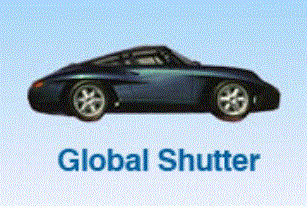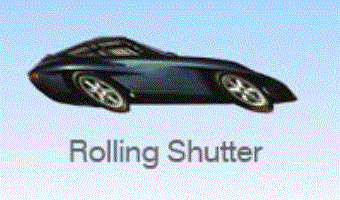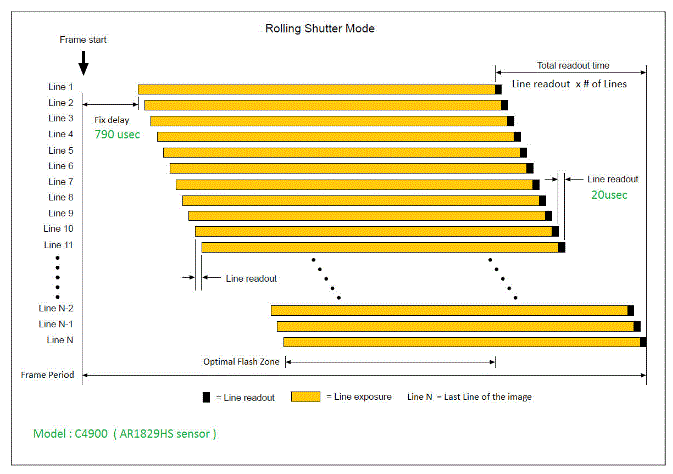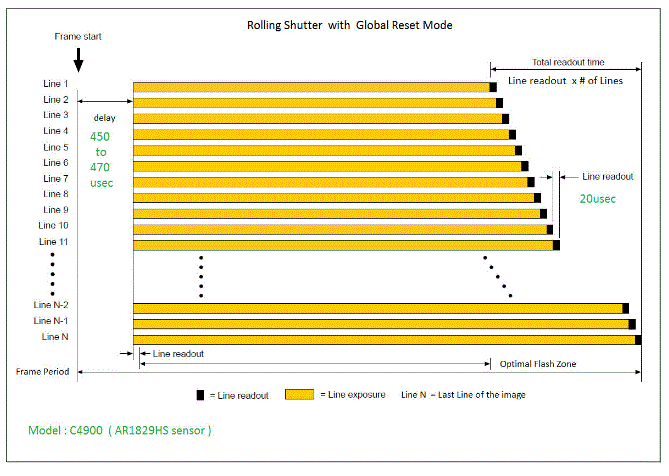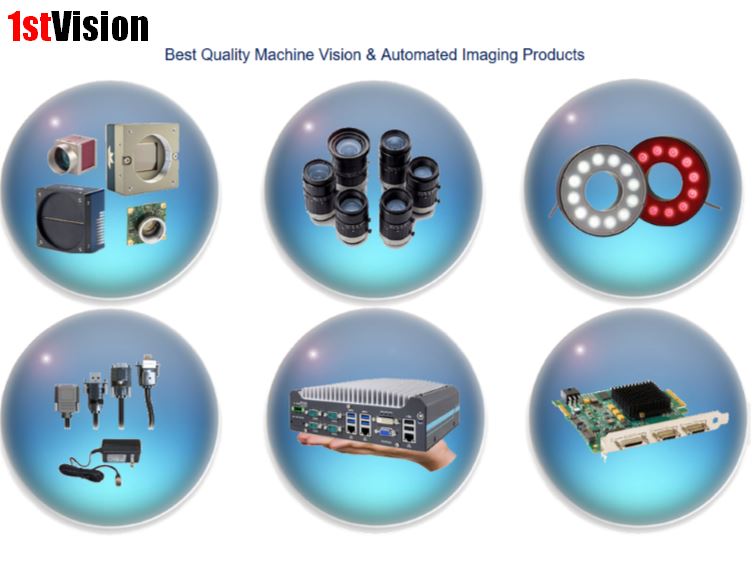High speed machine vision camera applications can solve many problems ranging from diagnosing high speed packaging production lines, sports analytics to droplet characterization in spraying applications to name a few.
These solutions require high frame rate cameras, but as in many machine vision applications, there are challenges that must be overcome to be successful.
4 challenges for high speed machine vision camera applications and solutions are presented below.
High Frame Rates are required to capture the event!
The key to high speed image capture is to stop motion by having enough image “frames” within short time periods to play them back slowly and analyze the event. In order to capture these frames, first, you must have a fast image sensor, but then have the ability to offload the image data from the camera to the host computer. Cameras using the CoaxPress (CXP) interface with appropriate sensors provide this solution. Below is an example of achievable frame rates using a Mikrotron EOSens 3CXP camera.
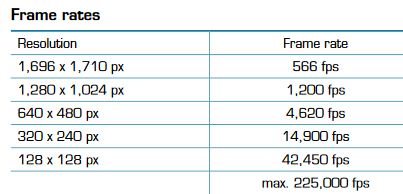
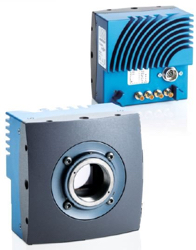
Adequate light and a good image sensor is required!
To achieve high frame rates, very short exposure times are required. These short exposures do not allow much time for light to hit the image sensor. In turn to overcome this, you need a strong light source and pixels that are very sensitive. High speed Machine vision image sensors such as the Alexima AM41 and ON Semi LUPA3000 found in the Mikrotron EoSens 3CXP and EoSEns 4CXP cameras respectively solve this problem.
Image storage and an adequate computer is required for machine vision camera event capture.
The camera serves its function to capture frames, but typically with “event capture” applications, we need to save the data for playback at a slower frame rate. In many cases, this requires adequate computer processing power, memory and solid state drives (SSD’s). Depending on the application, computing systems with added features such as IO, encoder inputs, serial communication and Power over Ethernet (PoE) ports may be required.
High speed image recording software is needed.
Capturing the high speed video stream is not trivial, yet alone the playback. Software packages such as Streampix by Norpix is a great solution for single up to multiple camera setups.
 1stVision can customize a solution using off the shelf industrial components from Mikrotron (High speed cameras), Neousys (Industrial computers), Norpix (Software) and couple with the right lenses and accessories from frame grabbers to cables for your application.
1stVision can customize a solution using off the shelf industrial components from Mikrotron (High speed cameras), Neousys (Industrial computers), Norpix (Software) and couple with the right lenses and accessories from frame grabbers to cables for your application.
Mikrotron has high speed machine vision camera solutions for many industries. The following video’s demonstrate various solutions.
Automotive Industry – Metal Punch on Oil Filter
Pharmaceutical Industry – Automated filling of syringes
Packaging Industry (Food and Beverage) – Trouble shooting packaging machinery
Packaging Industry (Blister Packs ) – Trouble shooting injection molding of blister packs
1st Vision’s engineers have a combined experience of over 100 years of experience (yes, we are old, but can help you find the best solutions!). We love talking about vision applications and can help provide a detailed solution. Give us a call at 978-474-0044 or email us @ info@1stvision.com
Related Blog Posts & links
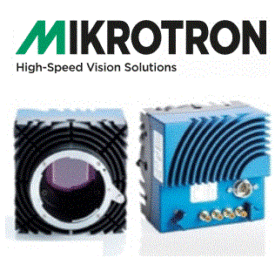
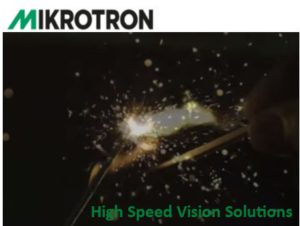

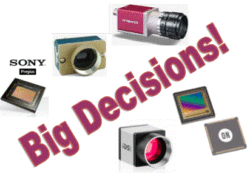
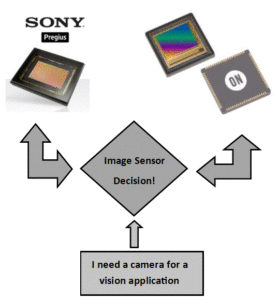
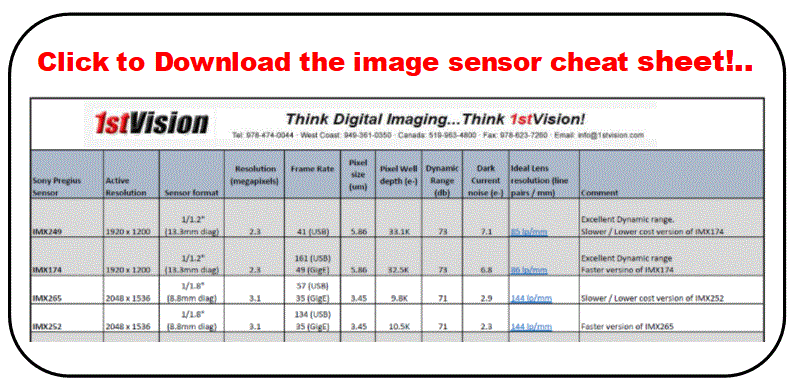
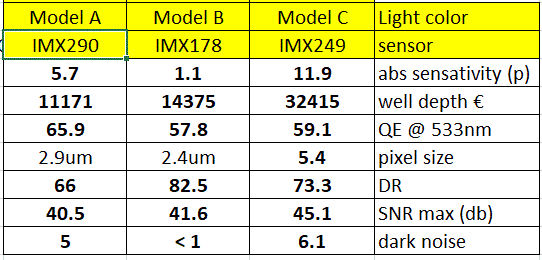

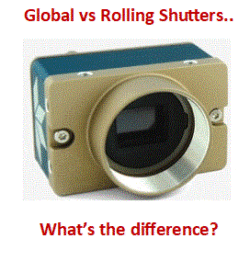
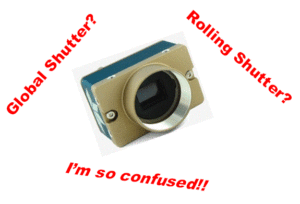 We often are asked the question, “What is the difference between a global and rolling shutter image sensor in
We often are asked the question, “What is the difference between a global and rolling shutter image sensor in 